
Do Speed Limits Apply to Cyclists? Tips for Safe Riding
Do speed limits apply to cyclists? Many riders wonder this on city streets, quiet roads, or scenic parks. While cyclists aren’t bound by strict limits, controlling your speed is essential for safety and enjoyment. This also applies to e-bikes, which can reach higher speeds quickly. With awareness and simple tips, every ride can be safer and more fun.
Do Speed Limits Apply to Cyclists?
The simple answer is no, speed limits do not technically apply to cyclists. Unlike motor vehicles, cyclists have the flexibility to ride at a pace that feels comfortable. However, riding responsibly means adjusting your speed based on the environment to prevent accidents and enjoy your ride.
For example, a busy city street with pedestrians, intersections, and traffic requires a slower, controlled pace. On shared park paths, you can maintain a steady pace while being mindful of others. Quiet roads and countryside routes often allow faster cycling, but awareness of surroundings remains essential.
Even without strict limits, mindful cycling ensures better control, reduces the risk of collisions, and enhances overall enjoyment. Whether you are commuting, training for fitness, or enjoying a scenic ride, adapting your speed to the conditions around you is key to safe and responsible cycling.
Understanding Cycling Speed in Different Environments
Cycling speed depends on your riding style, purpose, and surroundings. Casual cyclists usually ride at a relaxed pace, while fitness riders and commuters may go faster to reach their destination or improve performance. Fast electric bikes can also help riders maintain higher speeds comfortably, making longer journeys easier.
Your environment plays a major role in how fast you should ride. City streets require extra caution due to traffic, pedestrians, and intersections, while parks provide smoother paths for steady, controlled rides. Quiet roads and countryside routes allow cyclists to maintain moderate to higher speeds safely.
Adjusting your speed to match the surroundings is key to safe and enjoyable cycling. Whether you are on a regular bike or a fast electric bike, staying mindful of traffic, pedestrians, and path conditions helps prevent accidents and ensures a smoother, more enjoyable ride.
Typical Cycling Speeds
Adjusting your speed to match your surroundings is important for safe and responsible cycling. Typical speeds include:
-
City streets: 8–12 mph
-
Parks & recreational areas: 10–15 mph
-
Quiet roads & countryside routes: 12–18 mph
-
Fitness or training rides: 15–20+ mph
By being mindful of speed in different environments, you can stay safe, enjoy your ride, and make every journey more comfortable.
Using Technology to Monitor Your Speed
Modern cycling devices like GPS apps, bike computers, and smartwatches make it easy to track your speed, distance, and performance. Knowing your pace helps you adjust your cycling speed for different environments, whether you’re navigating busy city streets, shared park paths, or quiet countryside roads.
Monitoring your speed also improves safety. By staying aware of your pace, you can maintain control, react quickly to obstacles, and ride responsibly around pedestrians and other cyclists.
These devices are great for fitness too. Many track average speed, total distance, and calories burned, helping you set goals and monitor progress. Some also offer route mapping, real-time alerts, and performance analysis, enhancing both safety and the overall cycling experience.
Safety Tips for Cyclists
Cycling safely is essential for every ride. Following practical safety tips ensures you stay in control, avoid accidents, and enjoy cycling in any setting.
Maintain Control at All Times
Control is the foundation of safe cycling. Being able to react quickly to obstacles, other cyclists, or pedestrians ensures a smoother and safer ride. Even though speed limits do not strictly apply to cyclists, controlling your pace in different environments is crucial for preventing accidents.
Keep a Safe Distance
Maintaining distance from pedestrians, vehicles, and other cyclists provides time to respond to sudden hazards. Whether navigating busy streets or a crowded park, staying aware of your surroundings reduces the chance of collisions.
Wear Appropriate Gear
Wearing a helmet, lights, and reflective clothing increases visibility and safety. Helmets protect your head, lights make you noticeable in low-light conditions, and reflective gear ensures other users can see you from a distance. Proper gear is important for city, park, and countryside cycling alike.
Check Your Bike Regularly
A well-maintained bike is key for safe cycling. Ensure brakes are responsive, tires are properly inflated, and all components are functional before every ride. A reliable bike allows you to maintain control and adjust your speed safely in any environment.
Cycling in Parks and Recreational Areas
Cycling in parks and recreational areas is a great way to enjoy a smooth, relaxing ride. Wide paths and scenic routes make it easy to maintain a comfortable pace while taking in the surroundings.
It’s important to adjust your speed based on the environment. Slow down near busy paths or crowded areas where pedestrians and other park users are present. This helps ensure everyone stays safe and enjoys the space.
The UK has many excellent parks for cycling, including Richmond Park, Hyde Park, and Bushy Park. These locations offer well-maintained paths and open spaces, perfect for leisurely rides, fitness cycling, or group outings.
Being mindful of your speed and surroundings in parks helps you ride safely, stay in control, and enjoy a stress-free cycling experience.
Group Cycling and Riding With Others
Riding with friends or in a group can make cycling more enjoyable and motivating. However, it’s important to follow safe practices to prevent accidents and ensure a smooth ride for everyone.
Maintain a consistent pace throughout the ride, and always signal your intentions clearly to other cyclists. Avoid sudden stops or unpredictable movements that could cause collisions within the group.
Riding in formation safely has many benefits. It allows the group to stay organized, reduces the risk of accidents, and helps everyone ride efficiently. When done responsibly, group cycling can improve fitness, provide social enjoyment, and make longer rides more manageable.
Explore the Best isinwheel E-Bikes
isinwheel e-bikes deliver powerful performance, long-lasting battery life, and smooth rides for city commuting, fitness, or leisure cycling. With models suited for all types of riders, these electric bikes combine speed, comfort, and reliability for every journey.
When riding an e-bike, managing your speed is just as important as on a regular bike. Adjusting your pace according to traffic, pedestrians, and road conditions ensures a safe and enjoyable ride for yourself and others.
isinwheel E-Bike Model Comparison
|
Images |
 |
 |
 |
 |
 |
 |
|
Models |
||||||
|
Top Speed |
20 MPH |
20 MPH |
18.6 MPH |
21.7 MPH |
19 MPH |
20 MPH |
|
Peak Power |
500W |
500W |
500W |
500W |
500W |
750W |
|
Battery |
36V 7.8Ah |
36V 13Ah |
36V 7.8Ah |
36V 10.4Ah |
36V 10.4Ah |
36V 10.4Ah |
|
Max Range |
28 miles |
65 miles |
35 miles |
60 miles |
55 miles |
55 miles |
|
Speed (before unlock) |
10/15/25 km/h |
6/10/15/20/25 km/h |
10/15/25 km/h |
6/10/15/20/25 km/h |
6/10/15/25 km/h |
6/10/15/20/25 km/h |
|
Speed (after unlock) |
15/25/32 km/h |
10/15/20/25/32 km/h |
15/25/30 km/h |
6/10/15/20/35 km/h |
15/25/30 km/h |
10/15/20/25/32 km/h |
|
Brake System |
front and rear disc brakes |
mechanical brake |
disc brakes |
mechanical disc brakes |
dual disc brakes |
dual disc brakes |
|
Max Load |
120 kg |
120 kg |
120 kg |
150 kg |
120 kg |
120 kg |
|
Net Weight |
23.2 kg |
27 kg |
23.3 kg |
27kg |
26.5 kg |
28.4 kg |
|
Suspension |
Rear mid shock absorber |
Front suspension |
Adjustable front fork + comfort saddle |
Hydraulic fork |
Dual |
Aluminum front fork |
|
Max Climb |
20% |
37% |
25% |
20% |
20% |
20% |
|
Tire Size |
14×1.95" |
26×1.95" |
16×1.75" |
26×1.95" |
16×2.15" |
26×1.95" |
|
Tire Type |
Pneumatic |
Pneumatic |
Pneumatic |
Pneumatic |
Pneumatic |
Pneumatic |
|
IP Rating |
IPX4 |
IP65 |
IPX65 |
IPX5 |
IPX4 |
IPX4 |
|
Removable Battery |
No |
Yes |
No |
Yes |
Yes |
Yes |
|
Rider Height |
150–185 cm |
160–192 cm |
155–185 cm |
160–190 cm |
140–180 cm |
150–192 cm |
Practical Advice for All Cyclists
Being aware of your surroundings is essential for safe and enjoyable cycling. Pay attention to traffic, pedestrians, and changing road or path conditions to stay in control at all times.
Adjust your speed according to the terrain, visibility, and how crowded your route is. Slowing down on busy paths or uneven surfaces ensures a safer ride for you and those around you.
Mindful and responsible cycling helps prevent accidents and creates a more enjoyable experience for everyone. By staying attentive and riding considerately, you can confidently navigate city streets, parks, and countryside routes.
Conclusion
Do speed limits apply to cyclists? No, they don’t, but riding responsibly and adjusting your speed to your surroundings is essential for safety. Staying mindful, maintaining control, and wearing proper gear ensures an enjoyable and accident-free ride. Share these tips with fellow cyclists to make every journey safe and fun.
The Latest Posts
Explore isinwheel products
City E Scooter | Off-Road Scooter
Fastest Scooter | Kids Scooters




















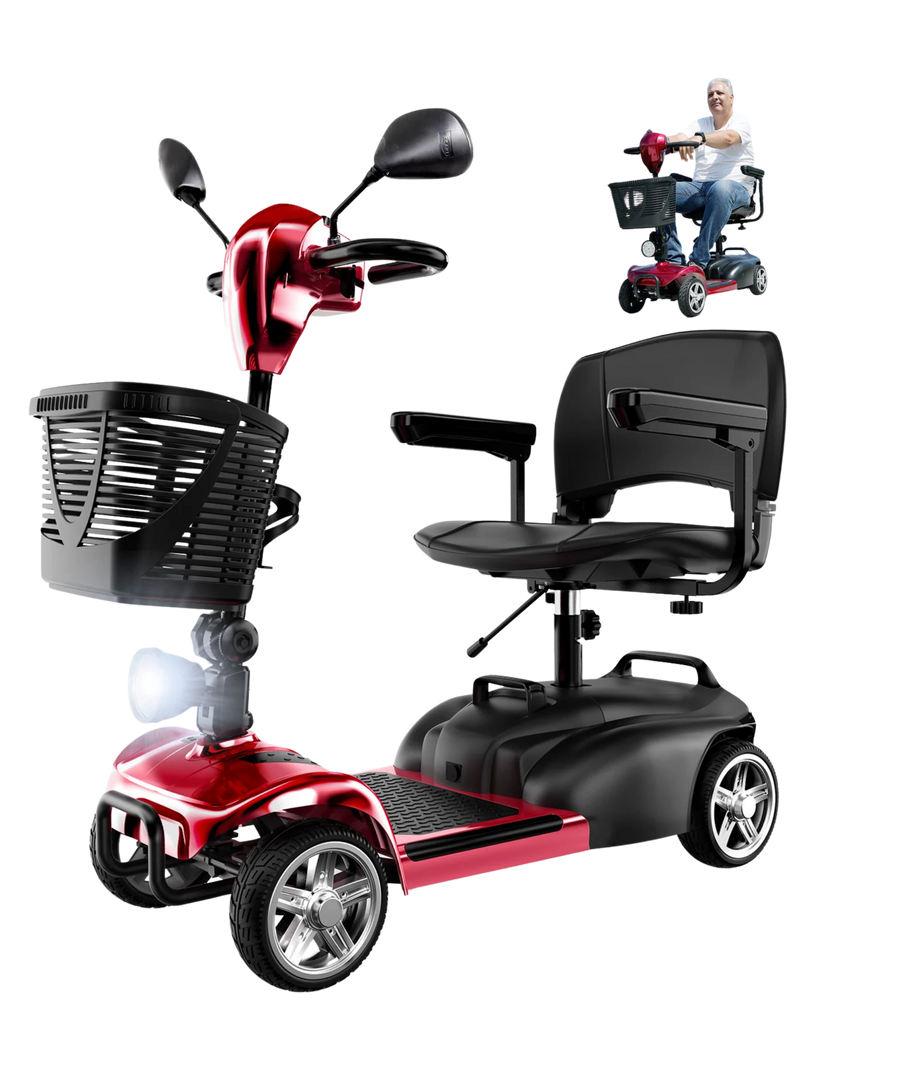
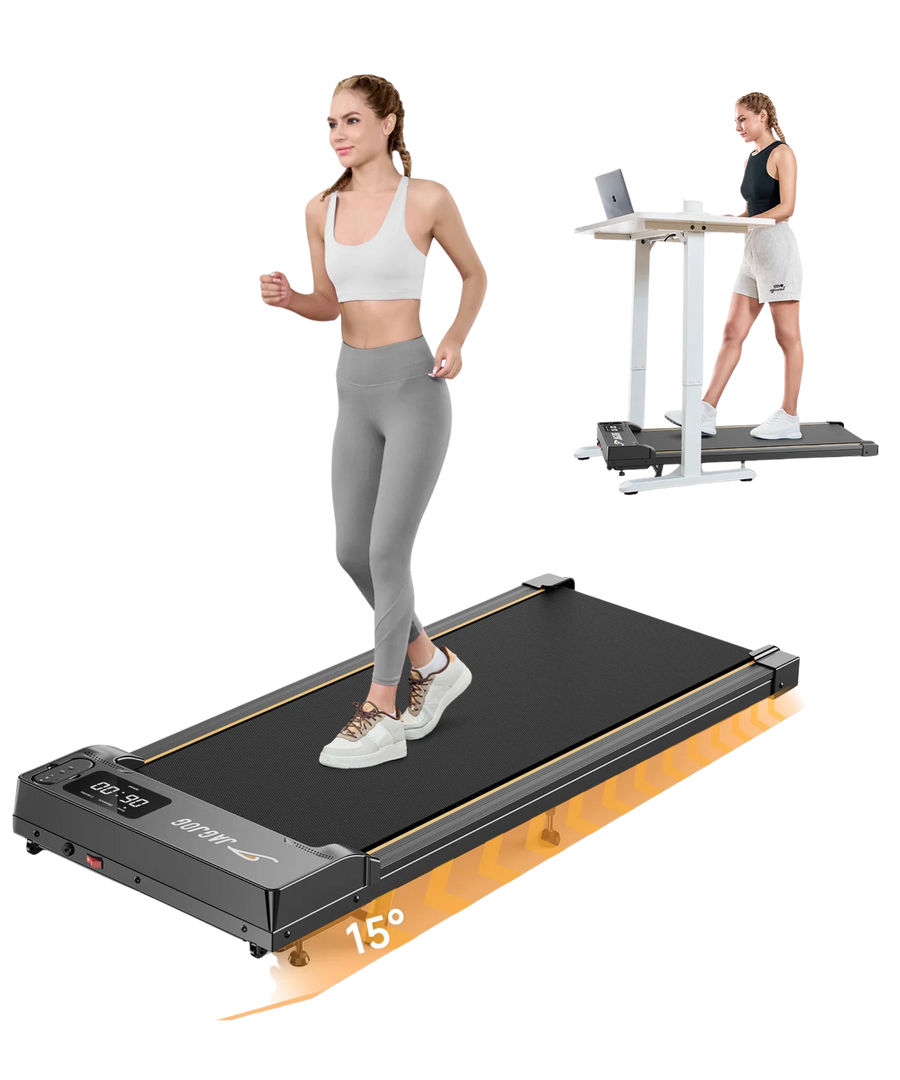

























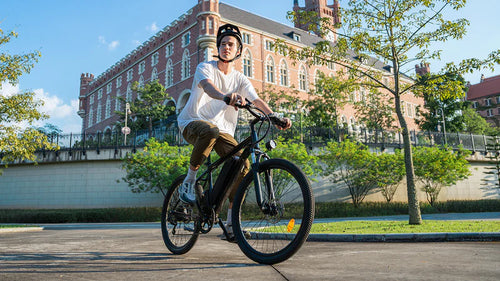
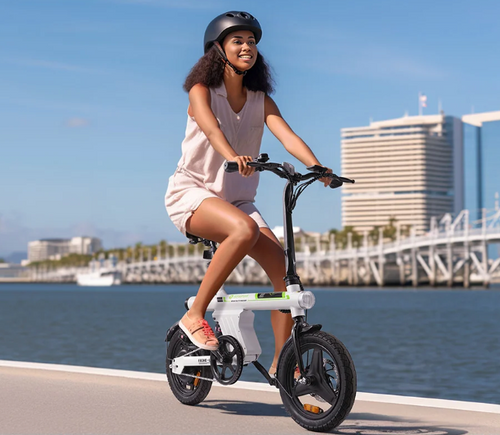


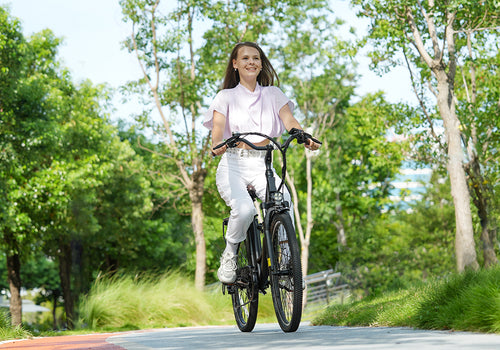
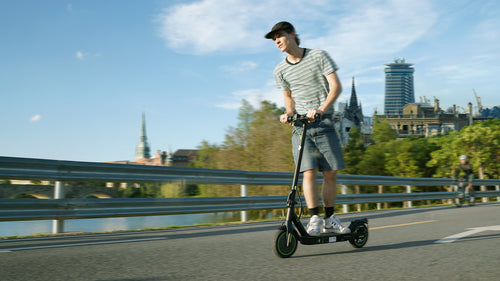


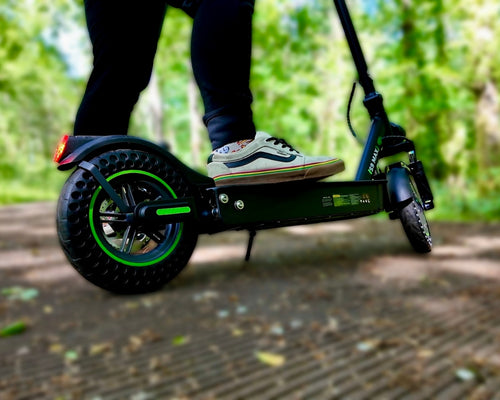
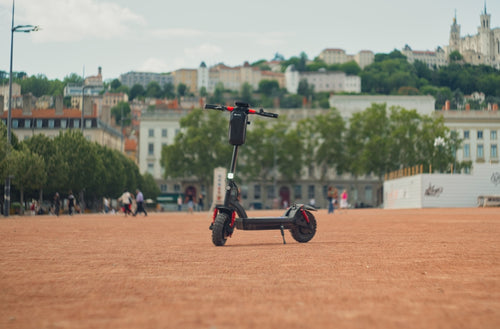
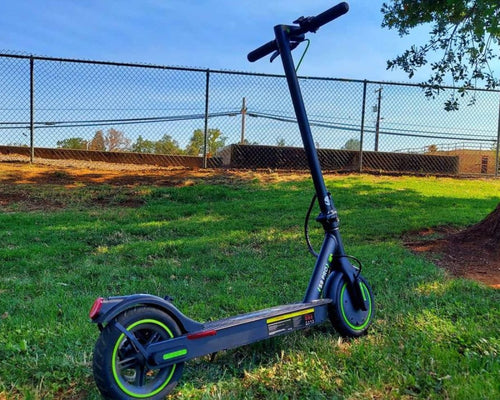





Leave a comment